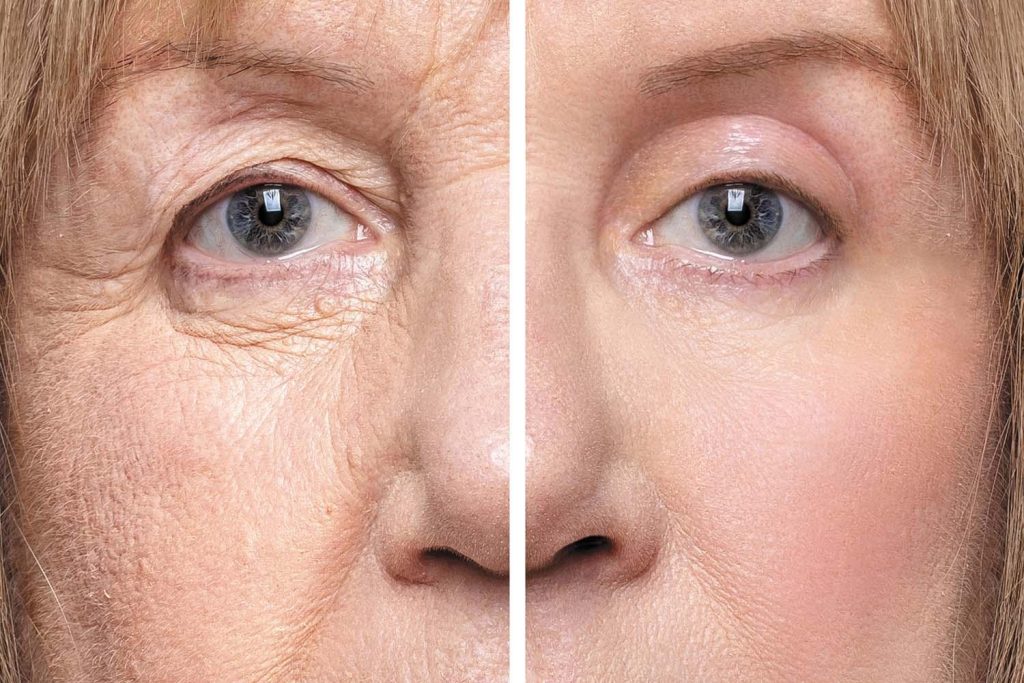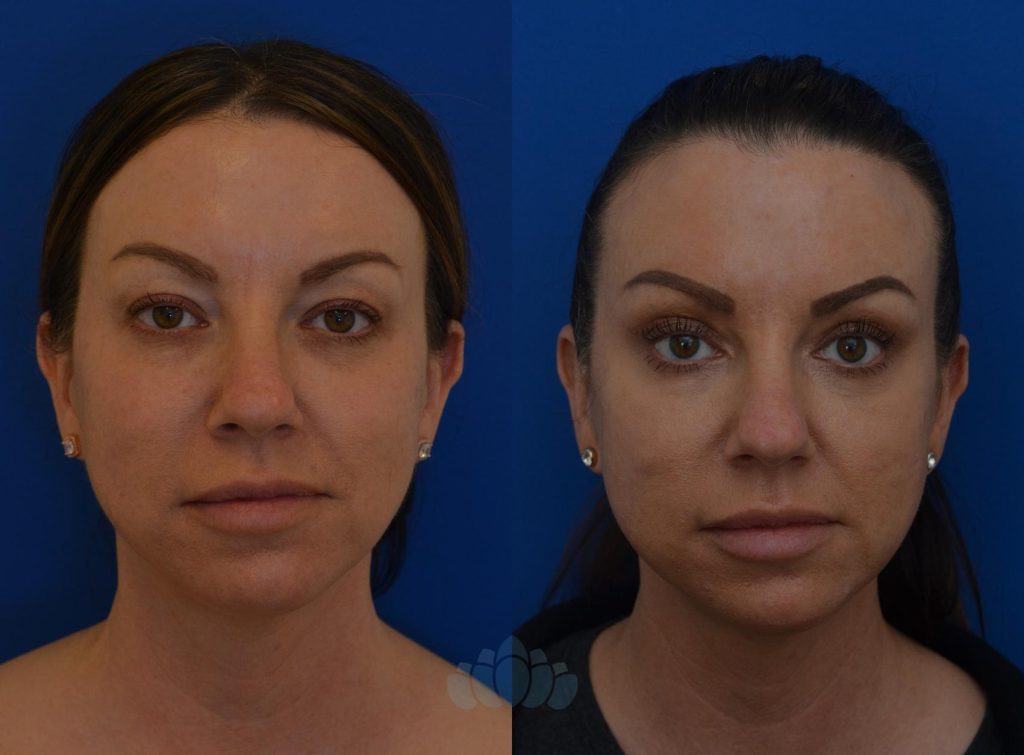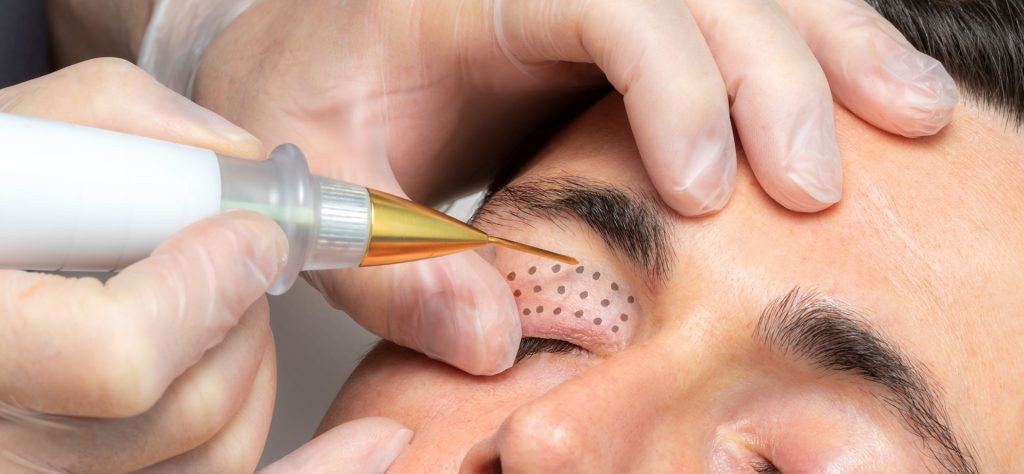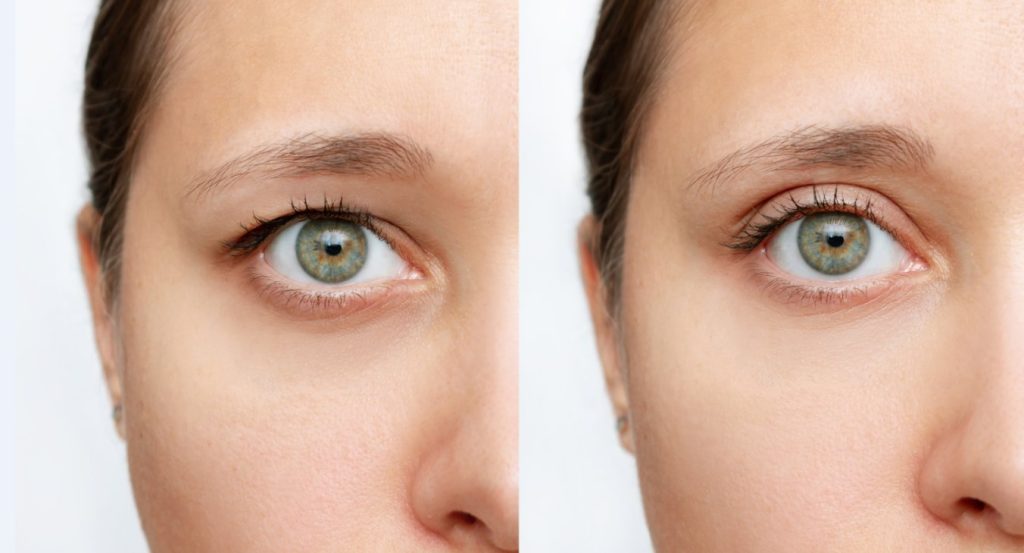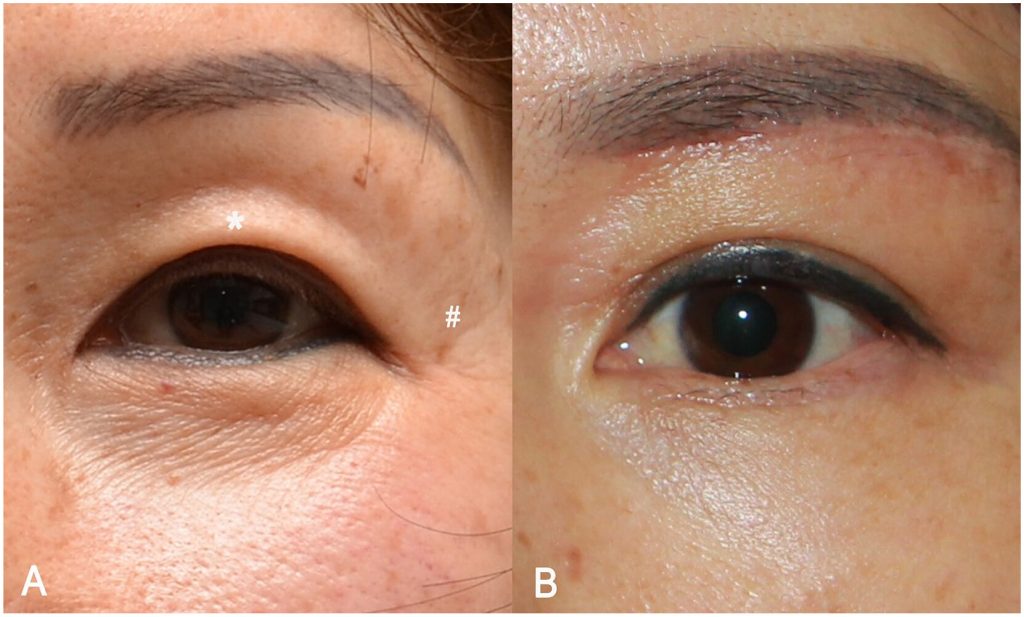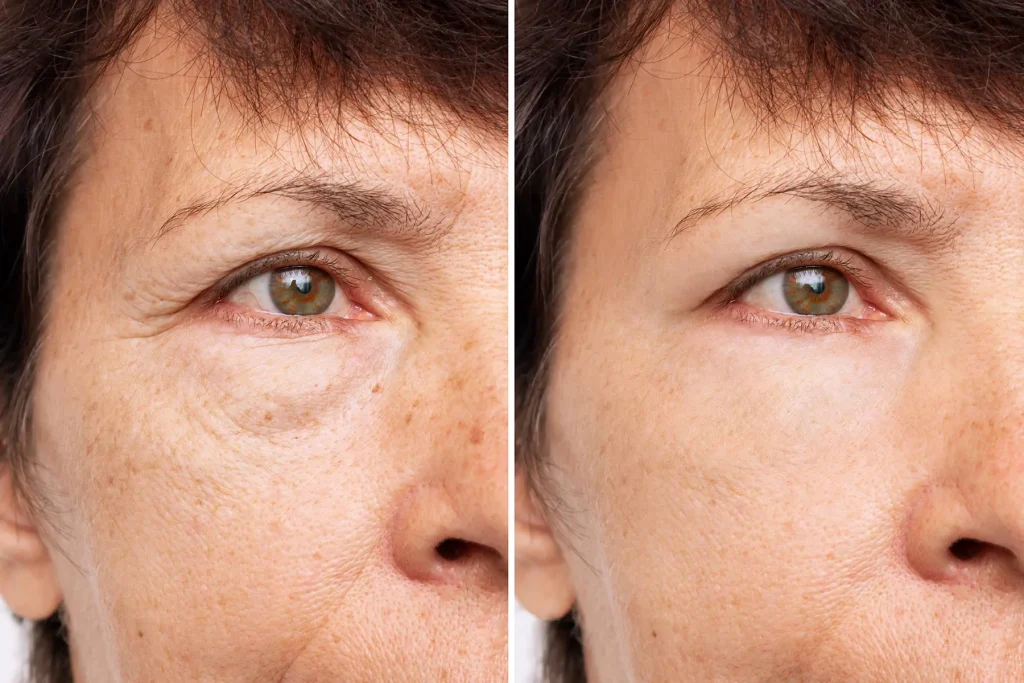Unveil a New You with
Eyelid Surgery
Eyelid surgery, also known as blepharoplasty, is an effective procedure designed to improve your appearance and vision. This surgery addresses problems such as drooping upper eyelids and bags under the eyes that can make you look older and tired. It can also correct functional problems such as impaired vision caused by drooping eyelids.

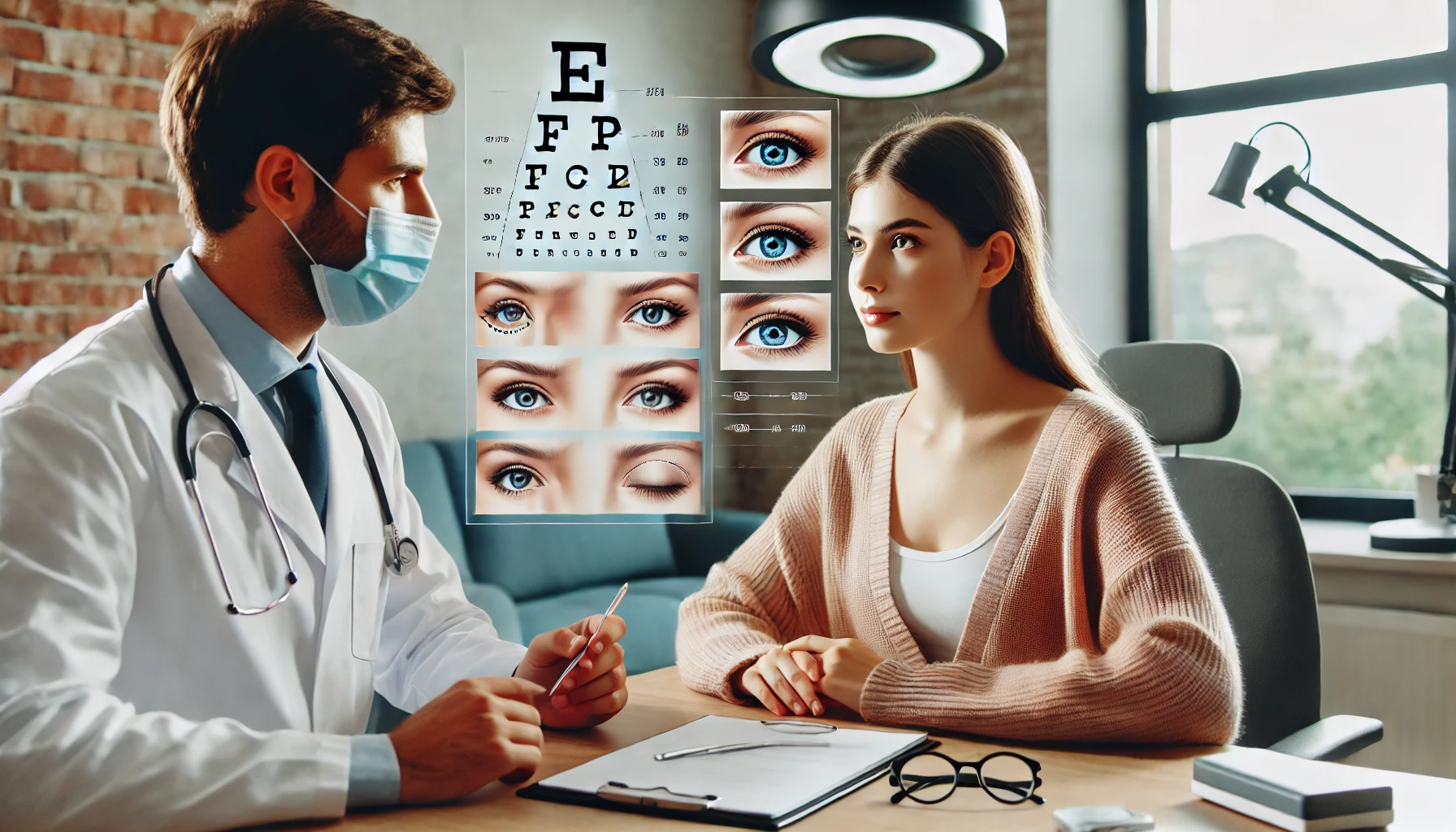

Revitalize Your Look with Eyelid Surgery
Eyelid surgery involves removing excess skin, muscle and sometimes fat from the upper and lower eyelids. The goal is to rejuvenate the eye area, making you look more rested and alert. This procedure is very popular because it addresses both aesthetic and functional concerns.
Procedure and Converter Benefits
The surgery typically takes about one to two hours and can be performed under local anesthesia with sedation or general anesthesia. Incisions are strategically placed along the natural lines of your eyelids, ensuring that scars are barely visible. During the procedure, the surgeon removes or repositions fat deposits, tightens muscles and smooths excess skin. This careful approach ensures natural-looking results.
Are You a Good Candidate for Surgery?
Ideal candidates for eyelid surgery are individuals in good general health and without serious eye conditions. Most patients are 35 years of age or older, but if you have a family history of droopy eyelids, you may want to consider having the surgery at a younger age. Your medical history, eye health and skin condition will be assessed to determine your suitability for the procedure.
Smooth Recovery and Aftercare
Recovery after eyelid surgery is relatively simple. Most patients experience swelling and bruising around the eyes for the first few days, but these symptoms gradually subside over two weeks. Applying cold compresses, keeping your head elevated and using prescribed eye drops can help reduce swelling and prevent infection. It is also very important to avoid strenuous activities and protect your eyes from the sun and wind.
Understanding Risks and Complications
As with any surgery, eyelid surgery carries some risks, although they are relatively rare. Potential complications include infection, bleeding, dry eyes and difficulty closing your eyes completely. However, these risks can be minimized by choosing a qualified and experienced surgeon and closely following pre- and post-operative instructions. The American Academy of Ophthalmology emphasizes the importance of choosing a board-certified surgeon to reduce the chance of complications.
Choosing the Right Surgeon is Important
Choosing the right surgeon is very important to achieve the best possible results from your eyelid surgery. It is very important to choose a surgeon with extensive experience in blepharoplasty. During your consultation, ask about the surgeon’s qualifications, view before and after photos of previous patients and discuss your expectations and concerns. This comprehensive approach will help you feel confident in your decision and have a successful surgery.


Enjoy Long Lasting Results
The results of eyelid surgery can be long-lasting, with many patients enjoying the benefits for years to come. As the aging process continues, the improvements achieved through surgery can make a significant difference to your overall appearance. Maintaining a healthy lifestyle, protecting your skin from sun damage and following your surgeon’s recommendations will help maintain the results of your surgery.
Contents
Do You Need General Anesthesia for Eyelid Surgery?
Have you ever wondered why some people undergo eyelid surgery wide awake while others choose deeper anesthesia because of comfort concerns or personal preferences? Many individuals feel confused the first[…]
Read moreCan Eyelid Surgery Help With Dark Circles?
Eyelid surgery attracts attention from people who struggle with persistent dark circles that refuse to fade despite sleep adjustments and skincare routines, and the first thing you should know is[…]
Read moreEyelid Lifting Without Surgery: Is It Possible?
Some individuals first notice heaviness around the eyelids during morning routines, while others recognize changes when photos highlight slight drooping. This creates a natural question about alternatives to traditional surgery.[…]
Read moreHow Insurance Covers Functional Eyelid Surgery
Understanding how insurance evaluates functional eyelid surgery helps you prepare documents, manage expectations, and avoid unpleasant surprises about coverage decisions. Why functional eyelid surgery is different from cosmetic surgery Have[…]
Read moreEyelid Surgery for Better Vision and Eye Health
The notion of surgery around the eyes usually conjures images of purely aesthetic improvements, focused on diminishing the visual hallmarks of aging such as under-eye bags or skin laxity. However,[…]
Read moreCombining Eyelid Surgery With a Brow Lift
The rejuvenation of the upper face is a nuanced process that rarely benefits from a singular, isolated procedure. The complex interaction between the position of the eyebrows, the presence of[…]
Read moreIs Eyelid Surgery Permanent or Will You Need It Again?
The question of whether eyelid surgery (blepharoplasty) yields a truly “permanent” result is one that requires a nuanced, clinically grounded answer, moving past the common expectation of a one-time, definitive[…]
Read moreRecovery Tips for a Smooth Healing Process
Undergoing any significant medical or aesthetic procedure—from a major surgery like a hip replacement or a Brazilian Butt Lift (BBL) to a minimally invasive intervention like a complex dental implant—marks[…]
Read moreHow Long Do the Results of Eyelid Surgery Last?
Eyelid surgery, or blepharoplasty, stands as one of the most effective and commonly performed procedures to rejuvenate the periocular area, addressing the heavy, aged appearance caused by skin laxity, muscle[…]
Read more
